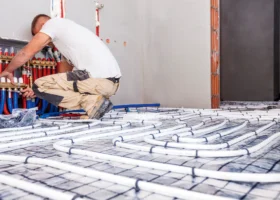
Learn from the experts with our online training course!
Use the code BUILD for 20% off
Learn from the experts with our online training course!
Use the code BUILD for 20% offBefore you embark on a conversion project – such as a barn conversion, chapel conversion or industrial conversion – it makes good financial sense to get to grips with the basics on VAT rules for this type of project. Converting an existing building into a new home is a big commitment, and a long-term financial investment. What are the rules for VAT reclaims for conversion projects, though, and can this help you save money later down the line?
Under VAT431C, VAT refunds for DIY housebuilders, you can reclaim the VAT you pay on a labour and qualifying building materials that go into your conversion project. The rules can be a little confusing, however, involving paying two different rates upfront, before reclaiming both from HMRC later on.
Here, we take a look at what you need to know about VAT reclaims for conversion projects in the UK.
The first thing you need to do, is work out whether or not your project qualifies for the VAT reclaim scheme. “The building must not have any planning restrictions with regards to its disposal (sale) or in relation to its use in connection with another existing property, and may not be used as a business, sold, rented or leased,” says Andrew Jones of Andrew Jones, The VATman. If you have purchased a completed conversion from a developer or builder, you will not be able to claim for further work – adding a conservatory, for example.
According to HMRC, a project eligible for conversion is defined as a non-residential building that either has never been used for residential purposes, or has not been used as such in the 10 years prior to the commencement of work. The most common examples being agricultural buildings such as barns, shops and redundant schools or churches. The end result of the project must be to convert the non-residential building into a dwelling.
More Inspiration: Conversion Projects: 25 Inspiring Homes and Expert Tips for Success
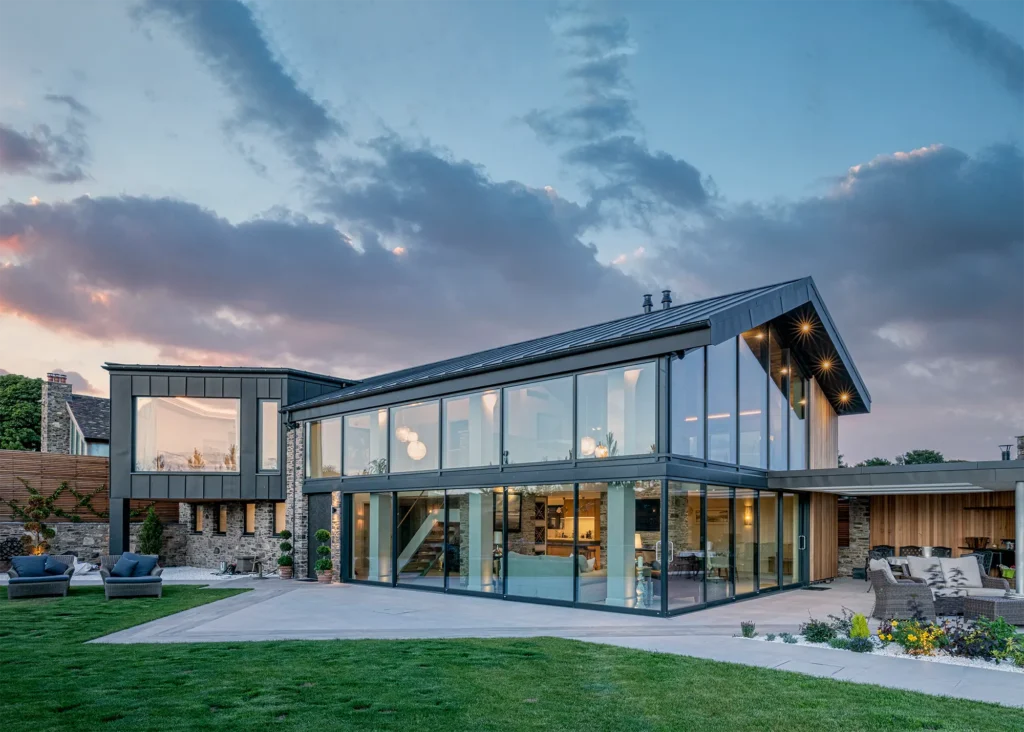
This former barn has been converted by HSSP Architects into a contemporary residence that reaps the full benefits of its glorious setting in rural Leicestershire. The barn conversion’s concrete walls remain in-situ, aside from on the principal elevation, where floor-to-ceiling glazing helps to bring the outdoors in
If you are planning to carry out work to a building that has previously been used as dwelling, you must adhere to the 10-year rule. The definition here is something that has been adapted or designed for use as someone’s home and has been used in this way. However, the living accommodation does not need to have been self-contained or designed to modern standards.
In addition to this, the 10-year rule requires that you cannot live in the property at any time before the work starts, as this will reset the counter. For your claim to be valid, you must have evidence that no one has lived in the building for the entire period. Examples of documents that would clarify the non-occupation include data from the electoral register, council tax or a review from your local authority’s empty property officer.
Under VAT431C, you may claim a refund for the builders’ work on a conversion of a non-residential building into a home. This covers the costs relating to work to the fabric of the building, such as installing windows, roofing materials, electrical rewiring etc.
Read More: How Much Do Roof Coverings Cost in 2023? Clay, Concrete, Slate & More
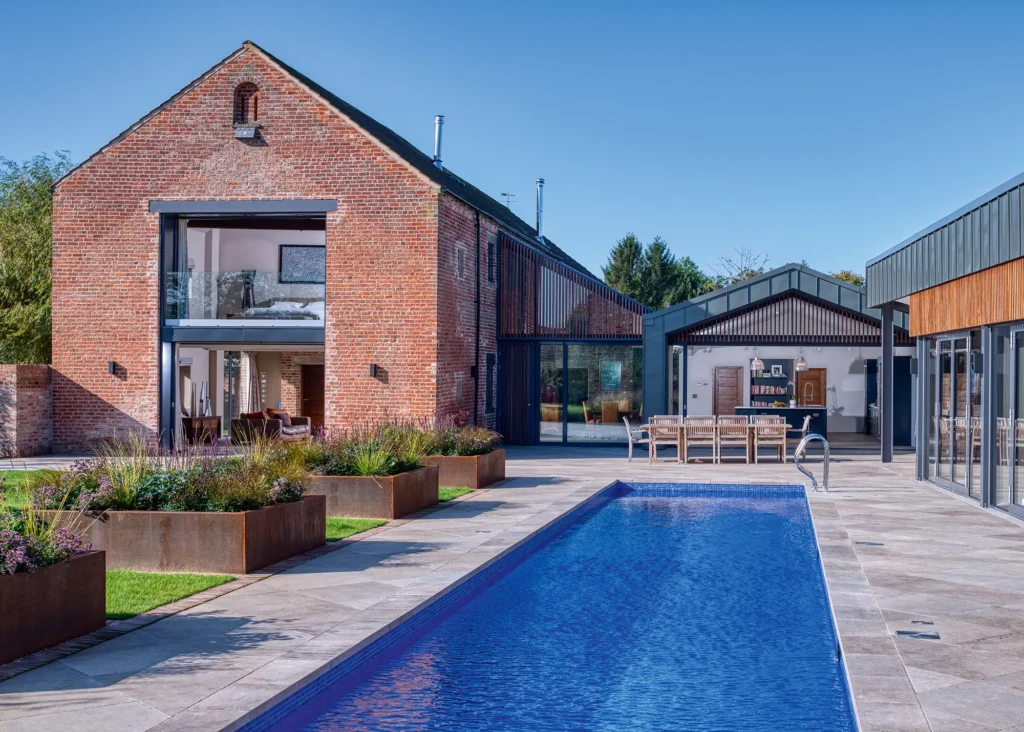
VAT can be reclaimed on building materials used in barn conversions, such as the stunning aluminium Shuco glazing systems prominent on this project in North Yorkshire
“On conversions, you should initially pay 20% VAT for materials purchased from suppliers and a reduced rate of 5% VAT to contractors,” says Andrew.
So, any eligible invoices from VAT-registered contractors and trades (whether for labour-only or labour and qualifying materials) should use the reduced 5% rate. If you’re buying materials directly yourself, you’ll need to pay the full 20% at source.
You will then be able to reclaim both types of VAT from HMRC on completion of the project, which effectively makes home conversions zero-rated for VAT. It bears repeating that contractors must invoice at the correct rate of VAT on both materials and labour in the first place.
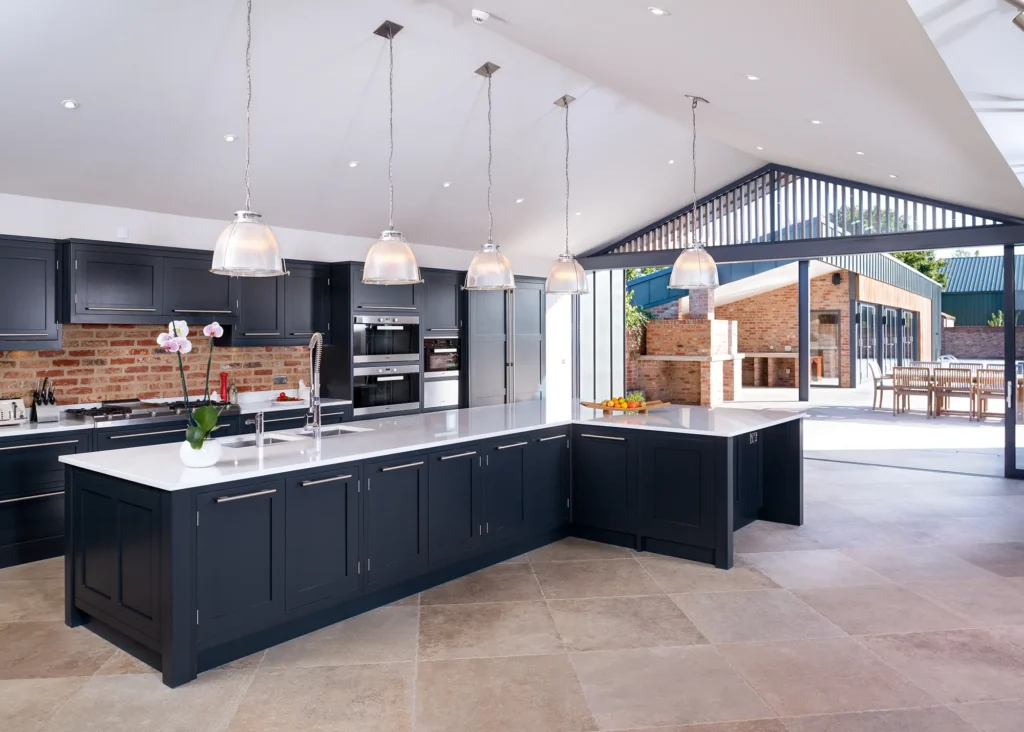
The interior of the converted barn (pictured above) has retained the barn’s industrial feel, with a wide, open-plan kitchen and vaulted ceiling
If the builder incorrectly charges VAT at the standard rather than the reduced rate and you pay it, HMRC won’t process your claim. You’ll then be left in the challenging position of trying to recoup the difference by asking your contractor to refund you. They have their own obligations to HMRC, so may not be able to do this – and the fault will lie with you for paying the wrong rate.
“Your whole contract with a contractor or company coming to site to do work should be VAT at 5%,” explains Andrew. “It is often thought that a contractor charging the VAT at 5% in the first instance is an option, and if you are charged the VAT at 20% then this can still be included in a VAT reclaim at the end of the build. This is not the case. It is not an either/or situation – the rules must be followed precisely.”
| EXPERT VIEW Common Mistakes when Reclaiming VAT for Conversions
According to Andrew Jones (The VATman), there are some areas where people often go wrong when navigating VAT reclaims for conversions. It’s good practise to be aware of these from the outset. The mistakes he cites are:
|
When it comes to building materials, be aware that the reclaim scheme only applies to fixed products and the relevant costs for installing them – so it’s not for things like white goods. Under the scheme, qualifying materials are considered to be those ‘incorporated’ in the building, where their fitting or removal would require the use of tools and result in remedial work.
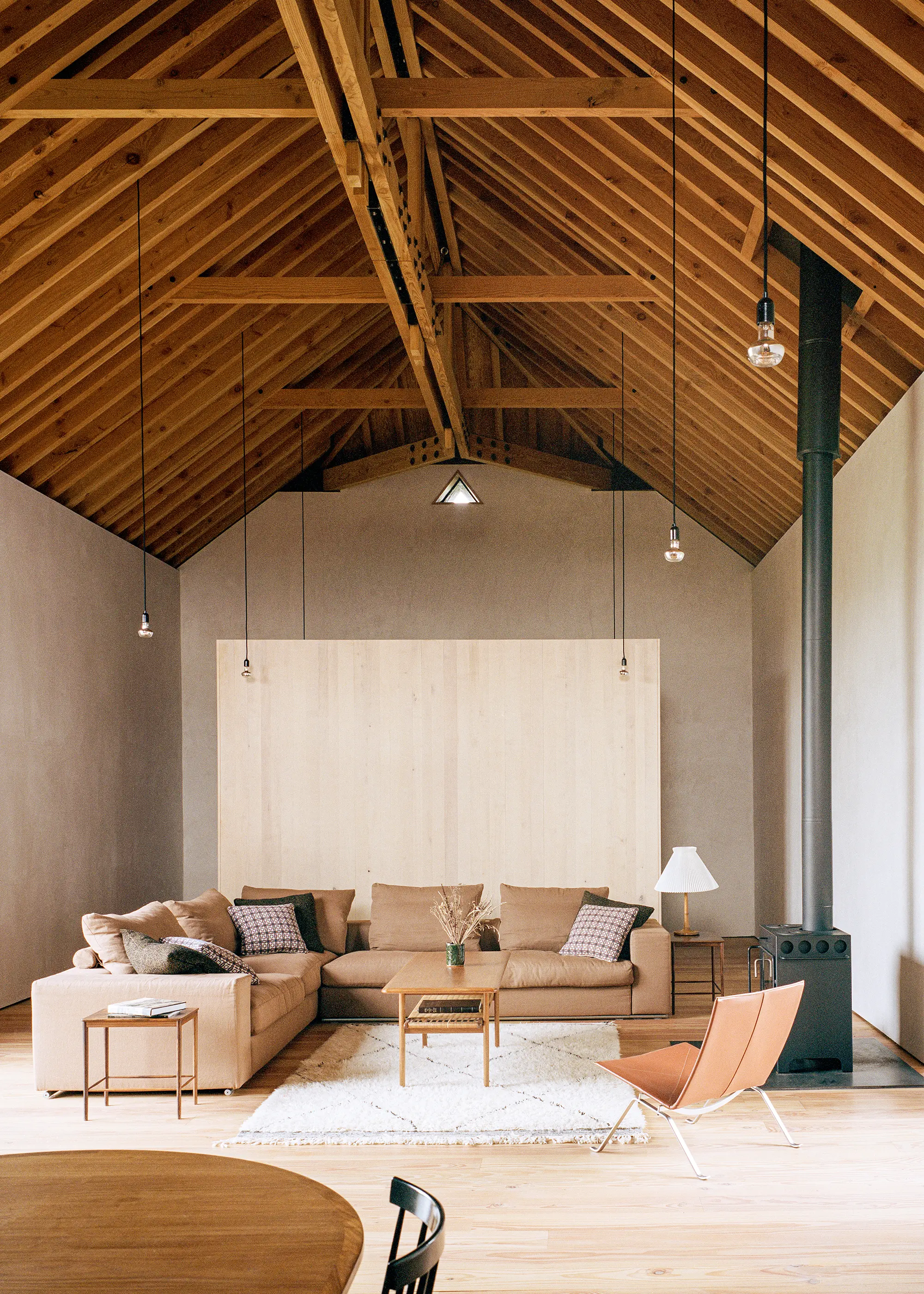
Redhill Barn, converted by Type Studio dates back to 1810 and was originally a threshing barn
Think bricks, windows, doors etc. You can claim for kitchens but not other fitted furniture. Also excluded are electrical or gas appliances, apart from those needed for space heating/cooling, heating water and ventilation. Carpets are excluded, too, while hard surfaces that need to be fixed in situ, such as wood flooring, can be claimed for.
Professional fees, such as those for architects, surveyors or engineers, do not qualify for VAT exemption. In some instances, you may work with small businesses or sole traders who are not VAT registered. This means they should not charge the tax on their fees in the first place.
In order to make a VAT reclaim claim, you should apply within three months of completing the work. HMRC considers this to be the date on the completion certificate issued by building control – so once you have it, the clock is ticking. You’ll need provide the completion documentation with your claim, and will usually be refunded within 30 working days.
It is worth noting the guidance on VAT for conversions is very different to that relating to new build homes. Also, as conversion projects are all unique, there may be some that don’t meet the requirements for a tax reduction. If you are in doubt, it is best to consult a VAT professional, your quantity surveyor or your architect to discuss any potential liability before you proceed with your development.
The buck stops with you when it comes to finding the correct rate of VAT that applies to your project. So, get advice and seek guidance if you have any uncertainties – if you pay too much tax, the HMRC may not refund you if an incorrect sum was collected in the first place.
Essential budget advice: 10 Ways to Maximise Your Self Build Budget
